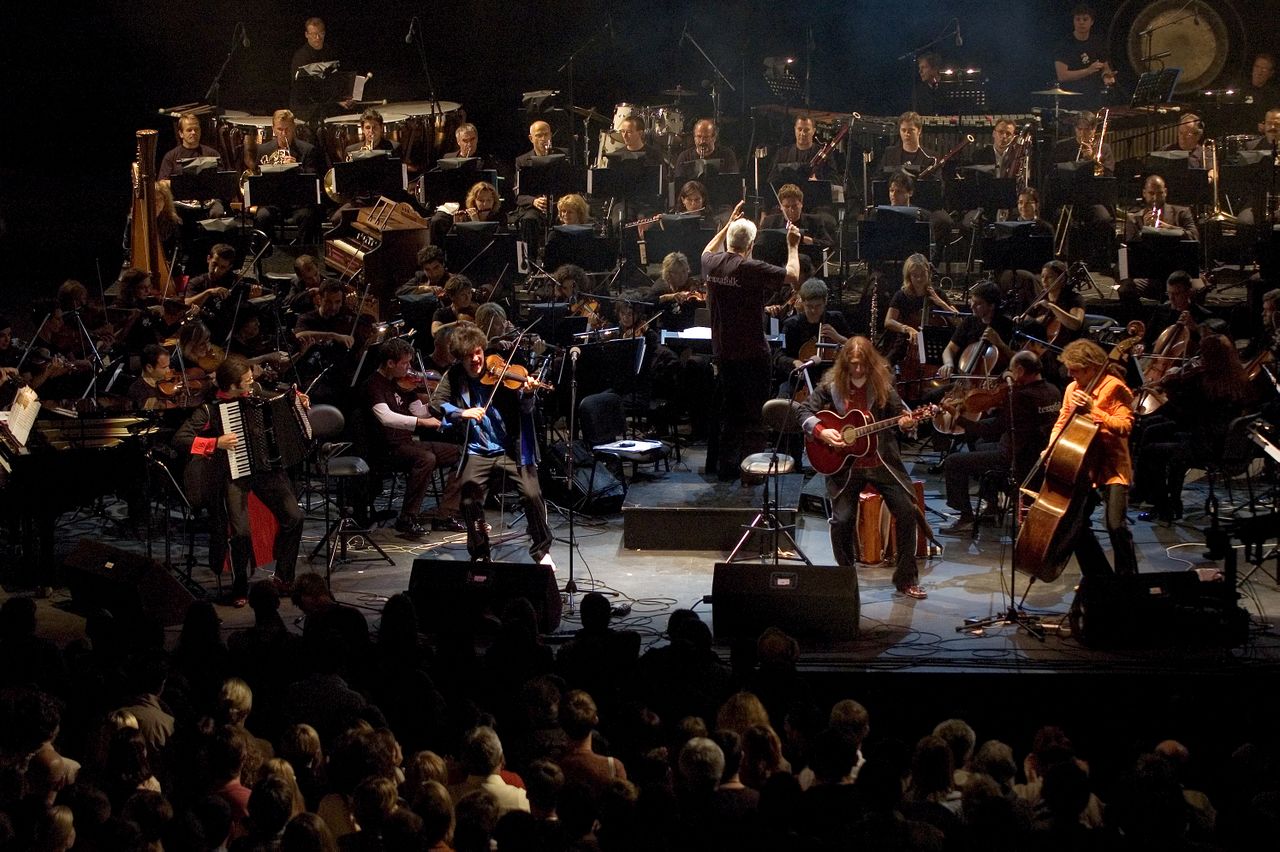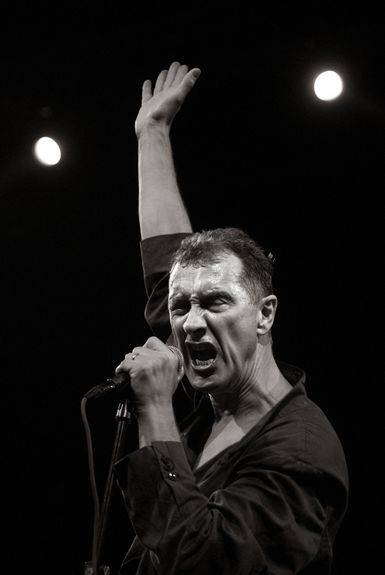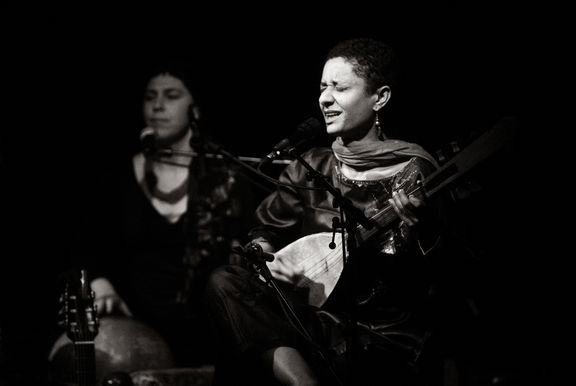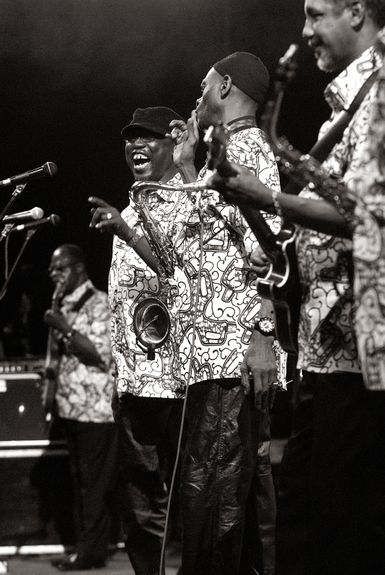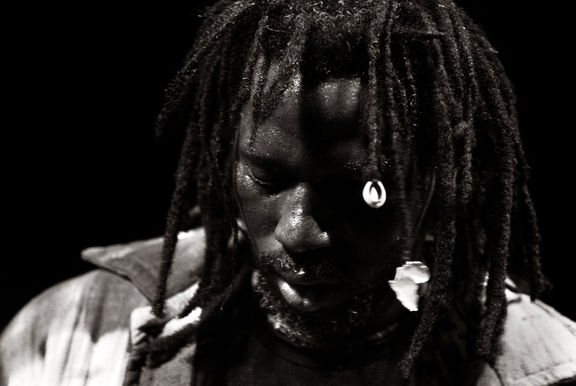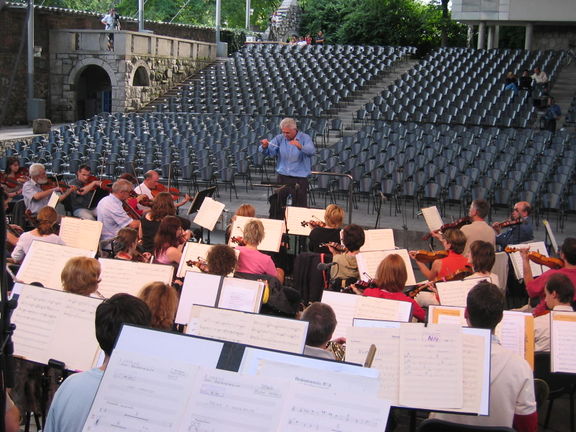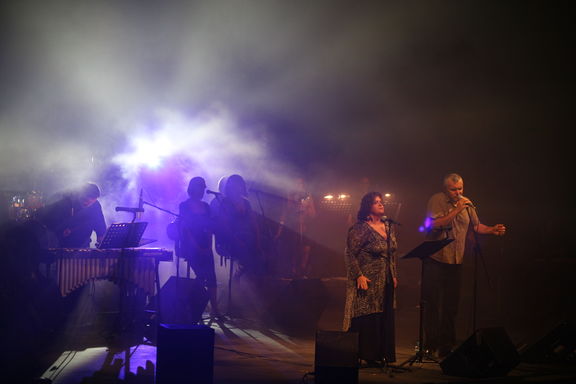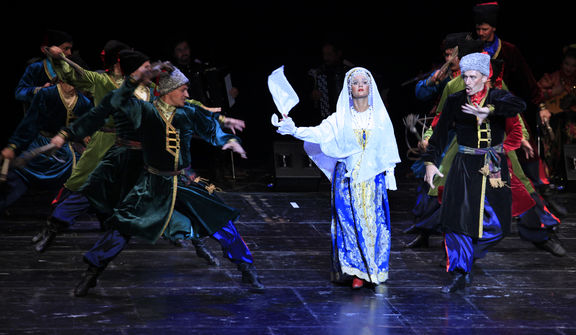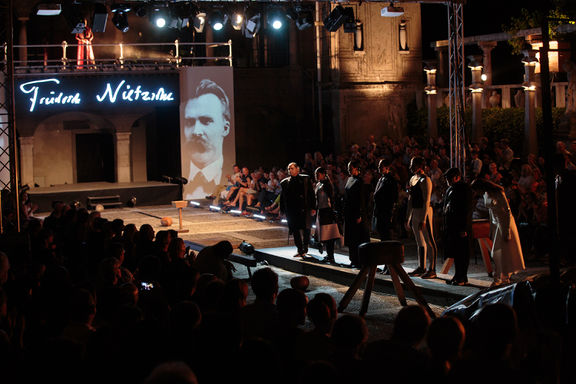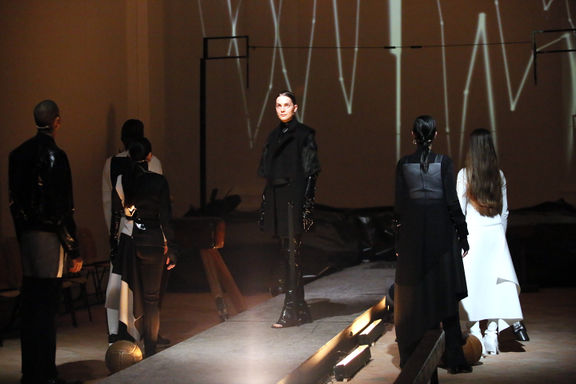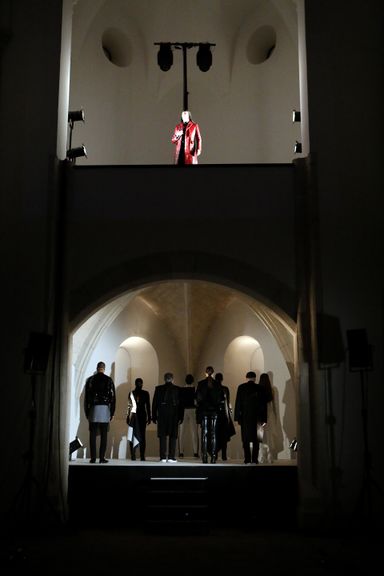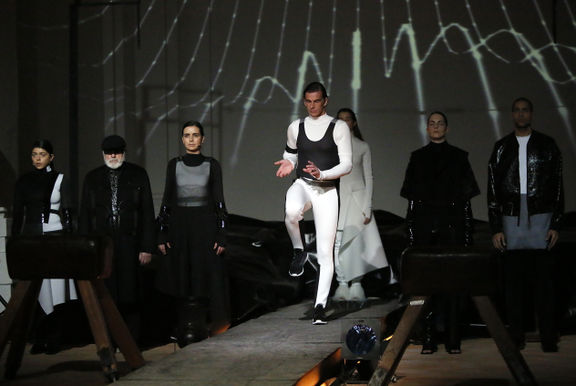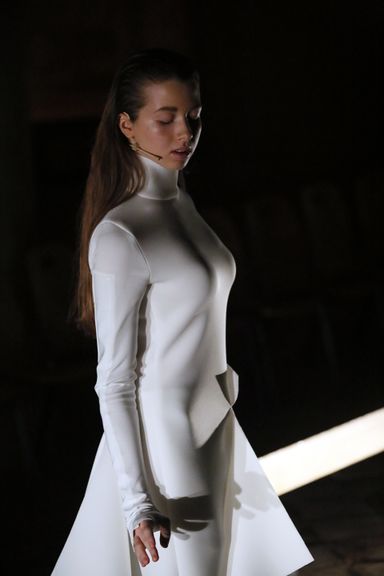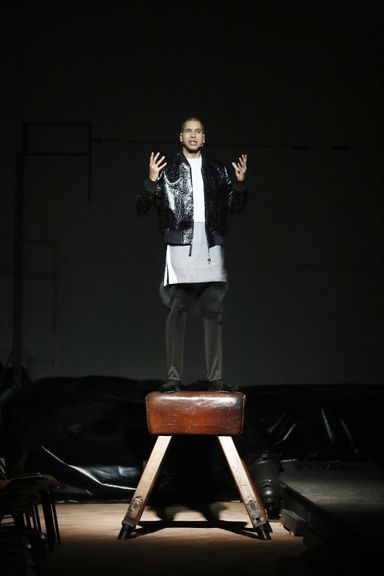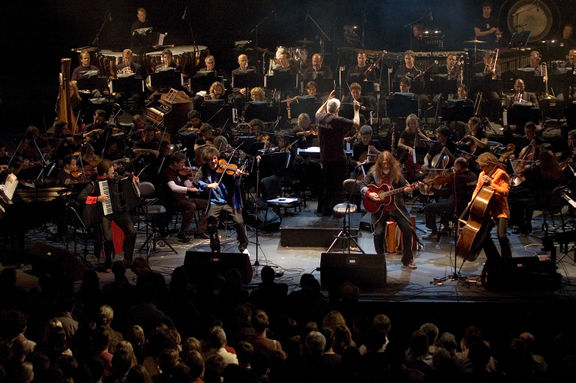Difference between revisions of "Križanke"
(picture) |
|||
| Line 24: | Line 24: | ||
{{Image|Terrafolk - concert - Photo Ziga Koritnik.jpg}} | {{Image|Terrafolk - concert - Photo Ziga Koritnik.jpg}} | ||
| − | The architectural complex of [[Križanke]] is one of the most popular venues for performing arts in Ljubljana. It was created by [[Jože Plečnik]] in the 1950s within the abandoned former monastery especially for the [[Ljubljana Festival]]. Major events are held on the Open-air Stage, while other venues include the Baroque-style Križanke Church, the Knight's Hall (Viteška dvorana) and the "Courtyard of Hell" (Peklensko dvorišče). The amphitheatre-like southern courtyard with its vast retractable canopy has since proved to be a superb venue for classical, jazz, and rock concerts. The venue is managed by the [[Festival Ljubljana Public Institute]] and is available for hire. | + | The architectural complex of [[Križanke]] is one of the most popular open-air venues for performing arts in Ljubljana. It was created by [[Jože Plečnik]] in the 1950s within the abandoned former monastery especially for the [[Ljubljana Festival]]. Major events are held on the Open-air Stage, while other venues include the Baroque-style Križanke Church, the Knight's Hall (Viteška dvorana) and the "Courtyard of Hell" (Peklensko dvorišče). The amphitheatre-like southern courtyard with its vast retractable canopy has since proved to be a superb venue for classical, jazz, and rock concerts. The venue is managed by the [[Festival Ljubljana Public Institute]] and is available for hire. |
Part of the former monastery premises is occupied by the [[Secondary School for Design and Photography, Ljubljana|Secondary School for Design and Photography]]. | Part of the former monastery premises is occupied by the [[Secondary School for Design and Photography, Ljubljana|Secondary School for Design and Photography]]. | ||
Revision as of 16:46, 4 January 2011
History
Construction of the original Monastery of the Order of Teutonic Knights at Križanke is believed to have commenced in 1228. The earthquake of 1511 severely damaged the monastery buildings and they were partly rebuilt between 1567 and 1579. The original church was completely rebuilt in Baroque style between 1714 and 1715; it was designed by Venetian architect Domenico Rossi in a shape of a Greek cross, and was the first church of its kind in Slovenia. It has an ornate exterior and the gate area is accentuated with pilasters and a typical undulating dome. Slovene masters participated in the building process, including Gregor Maček, who designed the present-day City Hall. The City Museum of Ljubljana keeps the original model of this church. The Knight's Hall was also built during the 18th century.
Reconstruction
Križanke continued to serve as a monastery until 1945, when the complex was nationalised. In 1952 representatives of the city of Ljubljana asked the architect Jože Plečnik to remodel the now derelict monastery into a venue for Ljubljana Festival. Jože Plečnik's last great contribution to the city (the works were completed in 1956) transformed the abandoned monastery into an open-air theatre and festival space. The complex's original Gothic details were gradually subsumed by Renaissance and Baroque elements, as can be clearly seen in the main courtyard which features shallow archways and exuberantly-coloured sgraffiti.
See also
- Festival Ljubljana Public Institute
- Ljubljana Festival
- Križanke International Art Colony
- Secondary School for Design and Photography, Ljubljana
External links
- Ljubljana Festival website
- Jože Plečnik virtual museum
- About Jože Plečnik
- Apocalyptica in Križanke - article from Beat a go go, and interview with Perttu Kivilaakso



